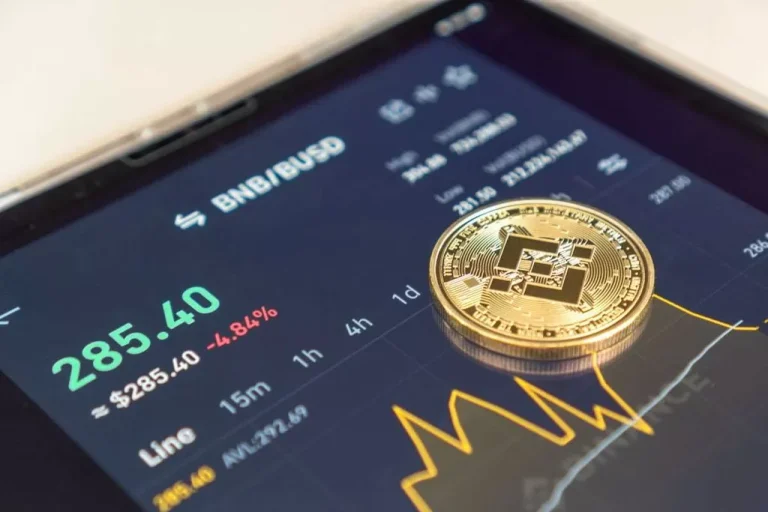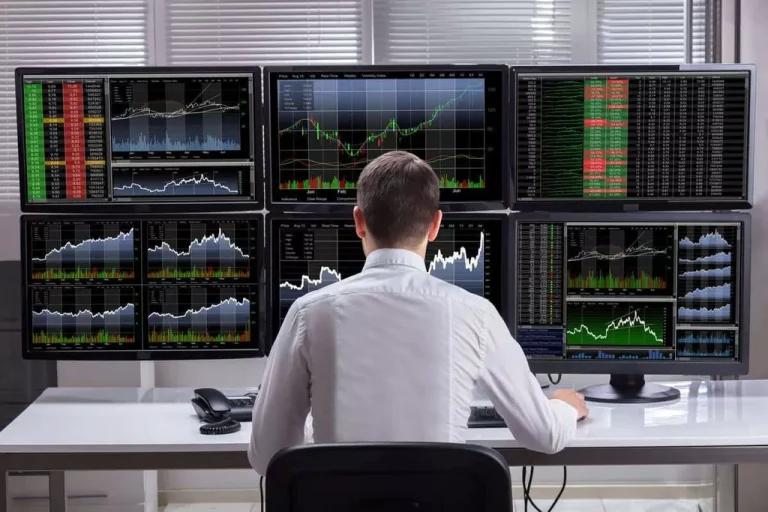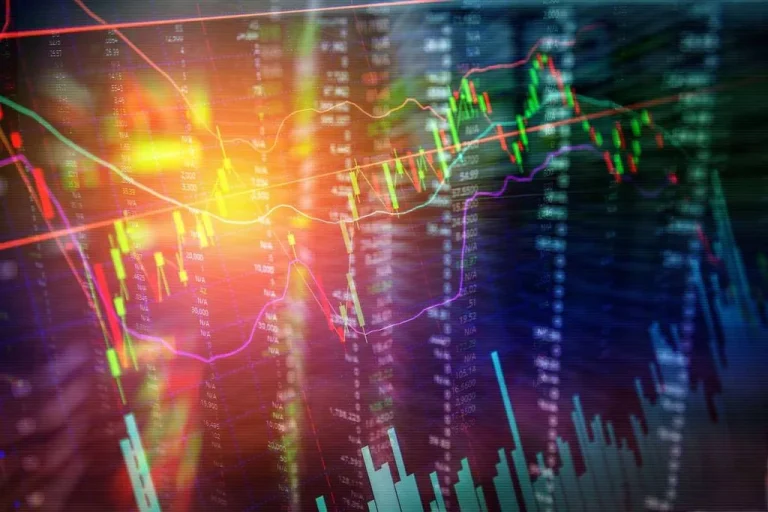The mutual funds referred to in this web site are provided and sold solely to persons residing within the United States and are provided by prospectus solely. The prospectuses embody funding aims, risks, fees, bills, and other information that you should read and consider rigorously before investing. Typically, liquidity is higher through the market's opening and shutting, known as the market's “rush hours,” because of higher trading volumes. During off-peak hours, for example, around lunchtime, liquidity could diminish, doubtlessly resulting in wider bid-ask spreads and less favorable costs for investors. While a narrower bid-ask unfold incessantly suggests better liquidity, a wider unfold isn’t all the time a sign of poor liquidity.
It also explains why an ETF‘s liquidity is predominantly determined by the liquidity of its underlying individual securities, rather than by the size of its property or by trading volumes. Most ETF orders are entered electronically and executed in the secondary market where the bid/ask prices that market individuals are willing to purchase or sell ETF shares at are posted. Secondary market liquidity is decided primarily by the volume of ETF shares traded. One of the vital thing options of ETFs is that the availability of shares is versatile. In other words, shares can be “created” or “redeemed” to offset changes in demand. ETF creation and redemption is aided by tapping into the liquidity of an ETF’s underlying portfolio of securities.
Etf Major Market Liquidity
Authorized participants which are unable to buy the parts can not efficiently create ETFs, while illiquid prices of the parts might make redeeming the ETFs much less attractive. After all, liquidity risks should be discounted in any illiquid security’s valuation as a result of slippage. International investing has a higher degree of threat and increased volatility because of political and financial instability of some overseas markets. Changes in currency exchange charges in several accounting and taxation policies outdoors the U.S. can have an effect on returns. Diversification does not guarantee investment returns and does not eliminate the danger of loss.

The AP receives a basket of the underlying clean tech stocks in change. This course of helps to absorb the excess supply of ETF shares available in the market, supporting the ETF's worth and stopping it from plummeting. This distinctive creation and redemption mechanism implies that ETF liquidity is way deeper and far more dynamic than inventory liquidity.
Two Ranges Of Etf Liquidity: What Is The Difference?
He is a CFA charterholder in addition to holding FINRA Series 7, fifty five & 63 licenses. He presently researches and teaches financial sociology and the social studies of finance at the etf liquidity providers Hebrew University in Jerusalem. Volmageddon A mixing of the words volatility and Armageddon, refers to the extraordinary US stock market activity that took place on February 5, 2018.

This information will assist explain what drives ETF liquidity, present trading finest follow considerations, define potential strategies for placing large orders, and share a case examine showcasing ETF liquidity in motion. As with any monetary safety, not all ETFs have the same degree of liquidity. An ETF’s liquidity is affected by the securities that it holds, the trading quantity of the securities held, the trading quantity of the ETF itself, and the investment environment. Understanding how these elements have an effect on an ETF’s liquidity and, therefore, how its profitability will enhance results is particularly essential in environments the place each cent counts.
Opinions and statements of monetary market tendencies that are primarily based on present market conditions constitute our judgment and are topic to vary without discover. We consider the data offered here is dependable however shouldn't be assumed to be correct or full. The views and methods described is in all probability not appropriate for all buyers.
Learn The Way Our Asset Allocation Committee Is Positioning Its Portfolios
The concept of liquidity in ETFs extends beyond the normal understanding applied to individual stocks. It is a multitiered framework involving both the supplier and secondary markets. In the first or dealer market, liquidity is facilitated by way of the creation and redemption mechanisms. This unique process allows for adjusting the ETF's provide to meet investor demand, maintaining worth stability. In the secondary market (i.e., the inventory market), liquidity is described through the trading volume of the underlying securities in the ETF and their bid-ask spread. A narrower unfold regularly signifies larger liquidity and decrease buying and selling costs.
And so, when designing an index for an ETF to track, the product growth team ensures the ETF basket is liquid sufficient to effectively handle the fund from a liquidity perspective. This, in turn, permits market participants to successfully create/redeem ETF shares and keep costs according to NAV. Short sellers present liquidity, as they are usually promoting into demand when share prices recognize, and conversely trying to buy again shares when prices decline. For instance, if most buyers are optimistic concerning the asset’s future performance, ETF share prices improve, leading to more demand of ETF shares. Short sellers who maintain a contrarian view will borrow shares from brokers and sell them when there's more demand for purchases after which buy them again later, when most buyers are selling.
This fundamental distinction makes the liquidity expertise between ETFs and mutual funds distinct, catering to different investor preferences and strategies. Secondary market liquidity is the ease with which buyers should buy or promote ETF shares on exchanges, very like individual shares. This liquidity is visible via https://www.xcritical.com/ metrics similar to buying and selling volume, market depth, and the bid-ask spread. High trading volumes and narrow bid-ask spreads incessantly signify good liquidity, making it simpler and cost-effective for buyers to commerce. ETFs depend on a singular creation and redemption mechanism that gives main market liquidity.

Market makers will deliver ETF baskets to the AP in trade for ETF shares. ETF liquidity is principally driven by the liquidity of the underlying constituents held by the ETF. Before buying and selling any ETF, traders should understand the liquidity of the ETF’s underlying constituents, which can impression an investor’s execution costs and total experience buying and selling an ETF. As a general rule, trading at instances when it's troublesome for market makers and other institutional buyers to hedge underlying securities in an ETF will likely result in wider spreads and less environment friendly trades. This is often the case simply after U.S. fairness markets open and simply before they close. In that interval, the underlying securities are much less liquid, which can lead to wider bid-ask spreads.
Diverging Liquidity Amongst Comparable Etfs
Are collective belief funds established and maintained by JPMorgan Chase Bank, N.A. The funds aren't required to file a prospectus or registration assertion with the SEC, and accordingly, neither is out there. The funds are available only to certain certified retirement plans and governmental plans and isn't offered to the basic public. Units of the funds are not financial institution deposits and usually are not insured or assured by any bank, government entity, the FDIC or another type of deposit insurance coverage.

An AP assembles a basket of the underlying clean tech shares that GreenTech ETF tracks and exchanges it with the ETF issuer for model new shares of GreenTech ETF. These new shares are then launched out there, increasing the availability to meet the burgeoning demand. This helps keep the worth of GreenTech ETF in check, guaranteeing its worth is closely aligned with the NAV. These transactions could impression the liquidity of underlying security markets. For less liquid securities, corresponding to rising market equities, market makers may not be ready to source the securities.
- VIX
- The main market then supplies extra liquidity, as market makers have interaction Authorized Participants (APs) to create/redeem ETF shares to stability provide and demand, thereby keeping ETF share costs close to their intrinsic worth.
- If creations and redemptions are simply facilitated, the precise trading volume within the ETF might not matter as a lot.
- ETFs are bought and offered at market prices, not internet asset worth (NAV).
- Liquidity describes how easily an investment could be transformed into money.
A long-running debate in asset allocation circles is how much of a portfolio an investor ought to... When traders could also be tempted to make impulsive investment choices, listed below are four issues they'll do as an alternative. That’s why buyers flip to SPDR® ETFs — especially when the VIX developments above its long-term average.
Morgan Asset Management's ETF fairness solutions, that are designed to assist maintain shareholders invested throughout market cycles.
Investors usually incur the value of the spread between the prices at which shares are bought and offered. Buying and selling shares may end in brokerage commissions, which will scale back returns. The selection of the index or sector tracked by an ETF can considerably affect its liquidity. If an ETF tracks a well known, broadly adopted index with liquid underlying assets, it's prone to have better liquidity. Conversely, ETFs monitoring obscure or much less liquid indexes might face liquidity challenges, because the underlying assets could be tougher to commerce, affecting the efficiency of the creation and redemption process. Investors and merchants in any safety benefit from greater liquidity—that is, the ability to shortly and efficiently promote an asset for money.
In the first market, a selected kind of entity generally recognized as an “authorized participant” (AP) can change the supply of ETF shares out there. The AP can offload a big basket of shares (i.e., redeem) or purchase a large basket of shares (i.e., create) directly from the ETF issuer. Typically, the AP is doing business in the major market to fulfill supply and demand imbalances from the trading that happens in the secondary market. Ultimately the first market helps present for extra liquidity within the secondary market. The secondary market’s liquidity, in contrast, is the diploma to which the ETFs themselves commerce on stock exchanges without affecting the market price.
